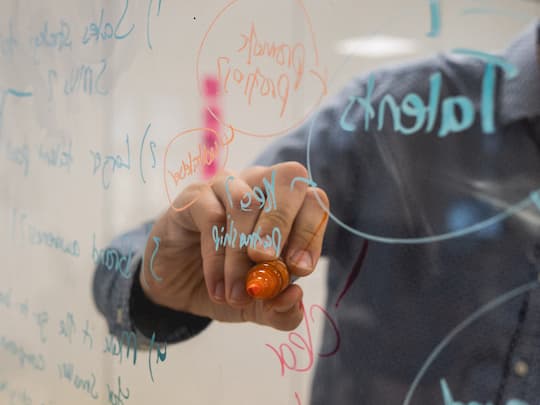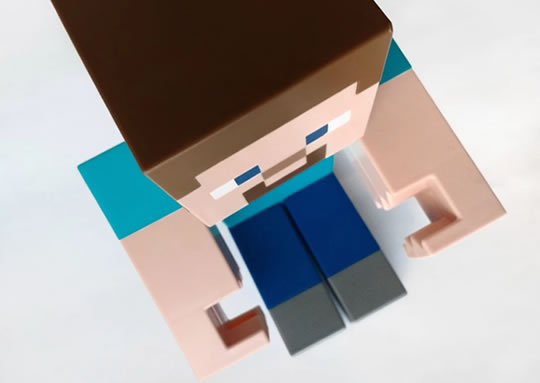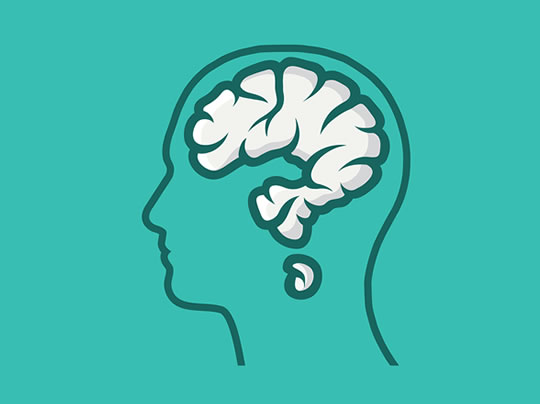For more creative insight, it is better to work in silence or with only steady background noise.
Many people believe that music can enhance creativity, but a recent study finds the reverse.
Instead of boosting creativity, people are less creative while listening to music, psychologists have found.
Unlike background noise, music may distract from a creative task, rather than enhance it.
For more creative insight, it is better to work in silence or with only steady background noise.
The conclusions come from a study in which people took a standard psychological test of verbal insight.
People were given three words, such as ‘dress’, ‘dial’ and ‘flower’.
They are asked to find another single word that can be put with all three to make three new words or phrases.
[See the bottom of the article for the answer.]The researchers then tested three different types of background music:
- Background music with foreign (unfamiliar) lyrics.
- Instrumental music without lyrics.
- Music with familiar lyrics.
All of these they compared to the steady, but quiet, background noise you might get in a library.
The results showed that all the different types of music — even instrumental without lyrics — impaired people’s ability on the creativity test.
Dr Neil McLatchie, study co-author, said:
“We found strong evidence of impaired performance when playing background music in comparison to quiet background conditions.”
A further study tested if it made any difference if people regularly listened to music while working and if the music put them in a better mood.
The results still showed that for creativity, it was better to work in silence or with a ‘steady state’ background noise.
The study’s authors write:
“To conclude, the findings here challenge the popular view that music enhances creativity, and instead demonstrate that music, regardless of the presence of semantic content (no lyrics, familiar lyrics or unfamiliar lyrics), consistently disrupts creative performance in insight problem solving.”
→ The answer is ‘sun’, making sundress, sundial and sunflower.
The study was published in the journal Applied Cognitive Psychology (Threadgold et al., 2019).










